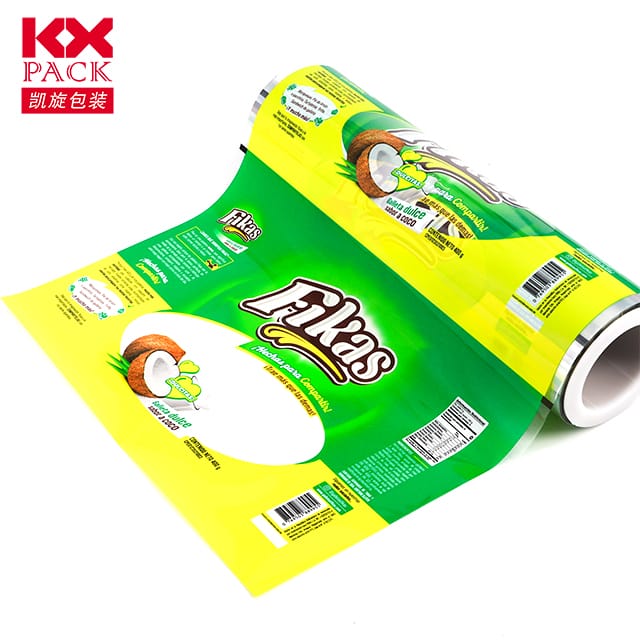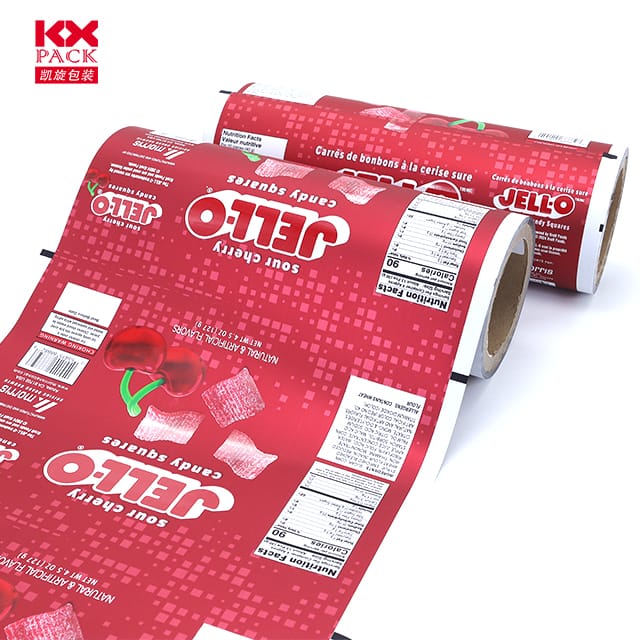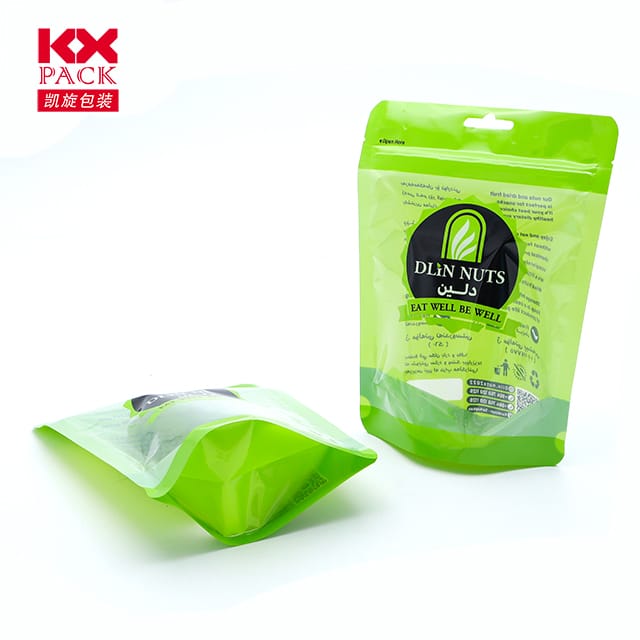فيلم بلاستيكي للطعام: دليل شامل للسلامة, الاستدامة, وأفضل الممارسات
فيلم بلاستيكي
Plastic film for food—commonly known as cling wrap, غلاف الطعام, أو غلاف بلاستيكي - هو عنصر أساسي في المطابخ في جميع أنحاء العالم. قدرتها على الحفاظ على النضارة, منع التلوث, وتمديد عمر الوجه من المواد القابلة للتلف يجعلها لا غنى عنها للأسر المعيشية, المطاعم, ومصنعي الأغذية. لكن, growing concerns about environmental impact and chemical safety have sparked debates about its usage. في هذه المدونة, we’ll explore theالأنواع, فوائد, risks, والبدائل الصديقة للبيئة of plastic film for food, empowering you to make informed choices.
What Is Plastic Film for Food?
Plastic film for food is a thin, flexible material made primarily fromالبولي إيثيلين (PE), though variations likeكلوريد البولي فينيل (بولي كلوريد الفينيل) أوكلوريد البوليفينيليدين (PVDC) may also be used. It’s designed to create an airtight seal around food items, protecting them from moisture, الأكسجين, and odors. Common applications include:
- Wrapping leftovers
- Covering bowls or plates
- Packaging deli meats or cheeses
- Protecting produce during storage
Types of Plastic Film for Food
- البولي إيثيلين (PE) فيلم
- The most widely used and safest option for food contact.
- Comes in two varieties:
- Low-density polyethylene (البولي إثيلين المنخفض الكثافة): Soft and clingy, ideal for wrapping irregular shapes.
- High-density polyethylene (HDPE): Stiffer and more durable, often used for freezer bags.
- PVC Film
- Contains plasticizers like phthalates, which can leach into food, especially fatty or acidic items.
- Less common today due to health and environmental concerns.
- Biodegradable/Compostable Films
- Made from plant-based materials (على سبيل المثال, cornstarch, cellulose) or biopolymers.
- Designed to break down faster than traditional plastics, though proper disposal is key.
Benefits of Using Plastic Film for Food
- Food Preservation: Reduces waste by keeping food fresh longer.
- صحة: Prevents cross-contamination between foods.
- راحة: سهل الاستخدام, store, and transport.
- فعالة من حيث التكلفة: Affordable compared to reusable containers for short-term storage.
Risks and Concerns
- Chemical Leaching
- Some films may release harmful substances (على سبيل المثال, BPA, phthalates) when heated or in contact with oily foods.
- Solution: Look for labels indicating “microwave-safe” or “BPA-free.”
- التأثير البيئي
- Traditional plastic films are non-biodegradable and contribute to microplastic pollution.
- Solution: Opt for recyclable or biodegradable options and recycle properly.
- Single-Use Waste
- Disposable plastic film generates significant landfill waste.
- Solution: Switch to reusable silicone food covers or beeswax wraps.
How to Choose Safe Plastic Film for Food
- Check Labels: Prioritize products labeled “food-grade,” “FDA-approved,” or “phthalate-free.”
- Avoid PVC: Choose PE-based films instead.
- Look for Recycling Symbols: Films marked with recycling codes #2 (HDPE) أو #4 (البولي إثيلين المنخفض الكثافة) are safer and more recyclable.
- Temperature Resistance: Ensure the film is suitable for your intended use (على سبيل المثال, freezer, microwave).
Eco-Friendly Alternatives to Plastic Film
- Beeswax Wraps
- قابل لإعادة الاستخدام, سماد, and made from organic cotton coated in beeswax.
- Perfect for wrapping sandwiches, جبن, or produce.
- Silicone Food Covers
- متينة, محكم, and heat-resistant.
- Reusable for years, تقليل النفايات.
- Glass or Stainless Steel Containers
- Ideal for storing leftovers or meal prepping.
- Non-toxic and eco-friendly.
- Fabric Covers with Drawstrings
- Great for covering bowls or dough during rising.
- Machine-washable and sustainable.
Best Practices for Using Plastic Film Safely
- Avoid High Heat: Never use plastic film in ovens or toasters; it can melt and release toxins.
- Don’t Reuse Single-Use Films: They degrade quickly, increasing leaching risks.
- تخزين بشكل صحيح: Keep plastic film away from direct sunlight or heat to prevent chemical breakdown.
- Recycle Correctly: Clean used film and check local recycling guidelines (many curbside programs don’t accept it, but drop-off centers might).
The Future of Food Packaging
Innovations are addressing the drawbacks of traditional plastic film:
- أفلام صالحة للأكل: Made from seaweed or starch, these can be consumed along with the food.
- العبوة الذكية: Films with sensors to monitor food freshness in real time.
- Advanced Bioplastics: Stronger, more sustainable materials derived from agricultural waste.
الأفكار النهائية
Plastic film for food remains a practical choice for short-term storage, but its environmental and health risks demand mindful usage. By opting for safer materials, exploring reusable alternatives, and recycling responsibly, we can reduce our ecological footprint while keeping our food fresh.
What’s your go-to method for storing leftovers? Share your tips or favorite eco-friendly swaps in the comments below! 🌱🍴






